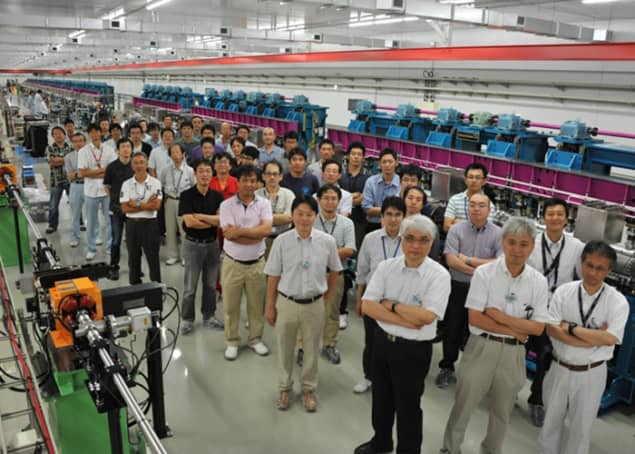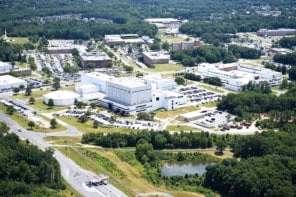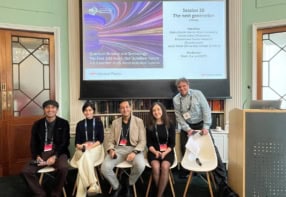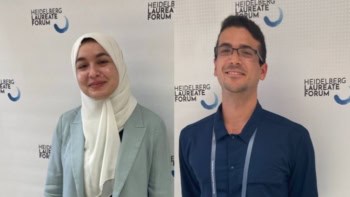
Physics in Japan is set for a major boost after the education ministry asked for a massive 18% increase for its 2015 science and technology budget to take it to $11.1bn. Support for major facilities – including the SPring-8 synchrotron and the SACLA X-ray free-electron laser, both in Hyōgo Prefecture, and the Japan Proton Accelerator Research Complex (J-PARC) in Tokaimura – would rise 15.6% to $960m. The finance ministry, however, is likely to squeeze the requested amounts before the budget, which takes effect from next April, goes before the legislature in December.
The money for SACLA and SPring-8 would mean the facilities could run for an additional 750 and 1000 hours, respectively, and also fund an upgrade at SACLA. At J-PARC, the cash would go on overall operations plus maintenance and safety upgrades. The ministry’s request also includes $11m to finish the Large-Scale Cryogenic Gravitational Wave Telescope (also known as KAGRA).
Built in the Ikenoyama Mountain in Kamioka, KAGRA features two 3 km-long arms forming an “L” for the detector plus two access tunnels. Some 7.7 km of tunnels were completed earlier this year that will be used for the experiment. “[The budget allocation] would allow us to complete equipment development and installation,” says KAGRA project director Takaaki Kajita, who is based at the University of Tokyo’s Institute for Cosmic Ray Research in Kashiwa. The facility is expected to be complete by the end of next year and start operations in 2017.
For ongoing international projects, the ministry is seeking $54m for Japan’s contribution to the Thirty Meter Telescope being built on Mauna Kea in Hawaii, as well as $260m for ITER, the experimental fusion reactor currently under construction in Cadarache, France.
The ministry also aims to spend $1m to continue studies for the proposed International Linear Collider (ILC), which Japan has expressed an interest in hosting. This year the government set up a committee to investigate the scientific case for the facility, with sub-committees looking at technical issues and cost. Satoru Yamashita, a physicist at the University of Tokyo who chairs Japan’s ILC Strategy Council, says the country took a step towards international support for the $10bn project with initial political-level discussions with the US in July. “There is still a lot to do,” adds Yamashita.



